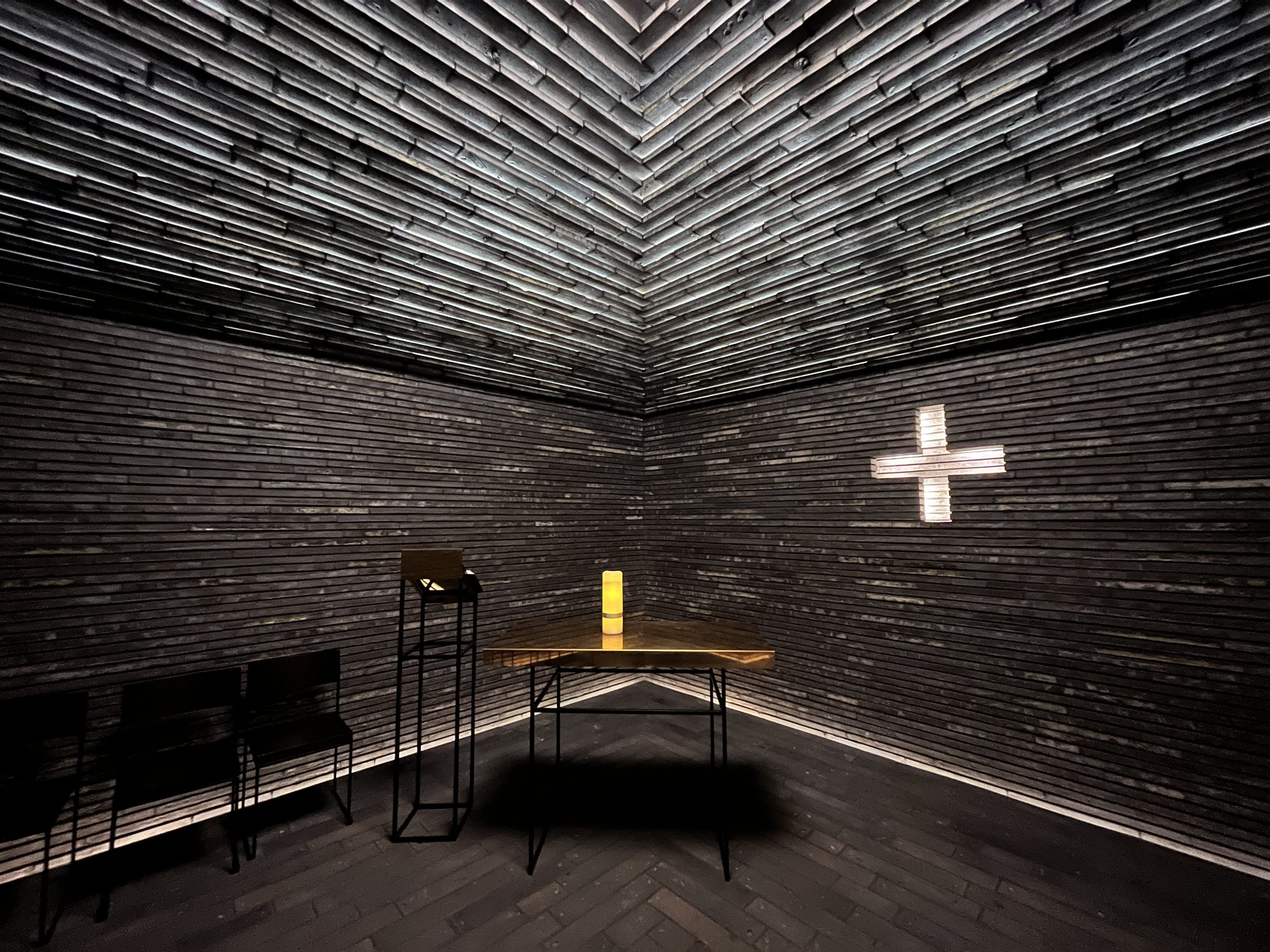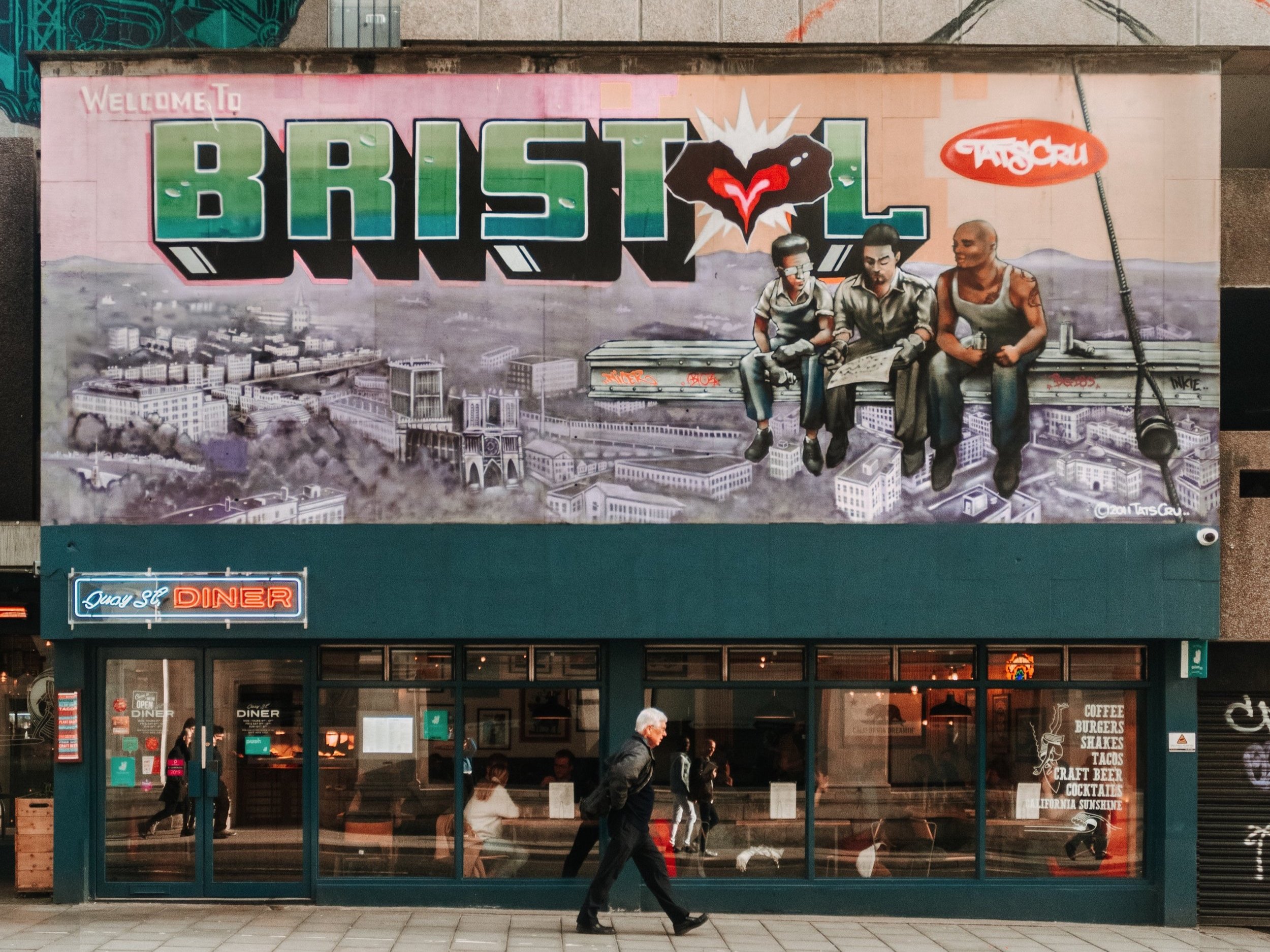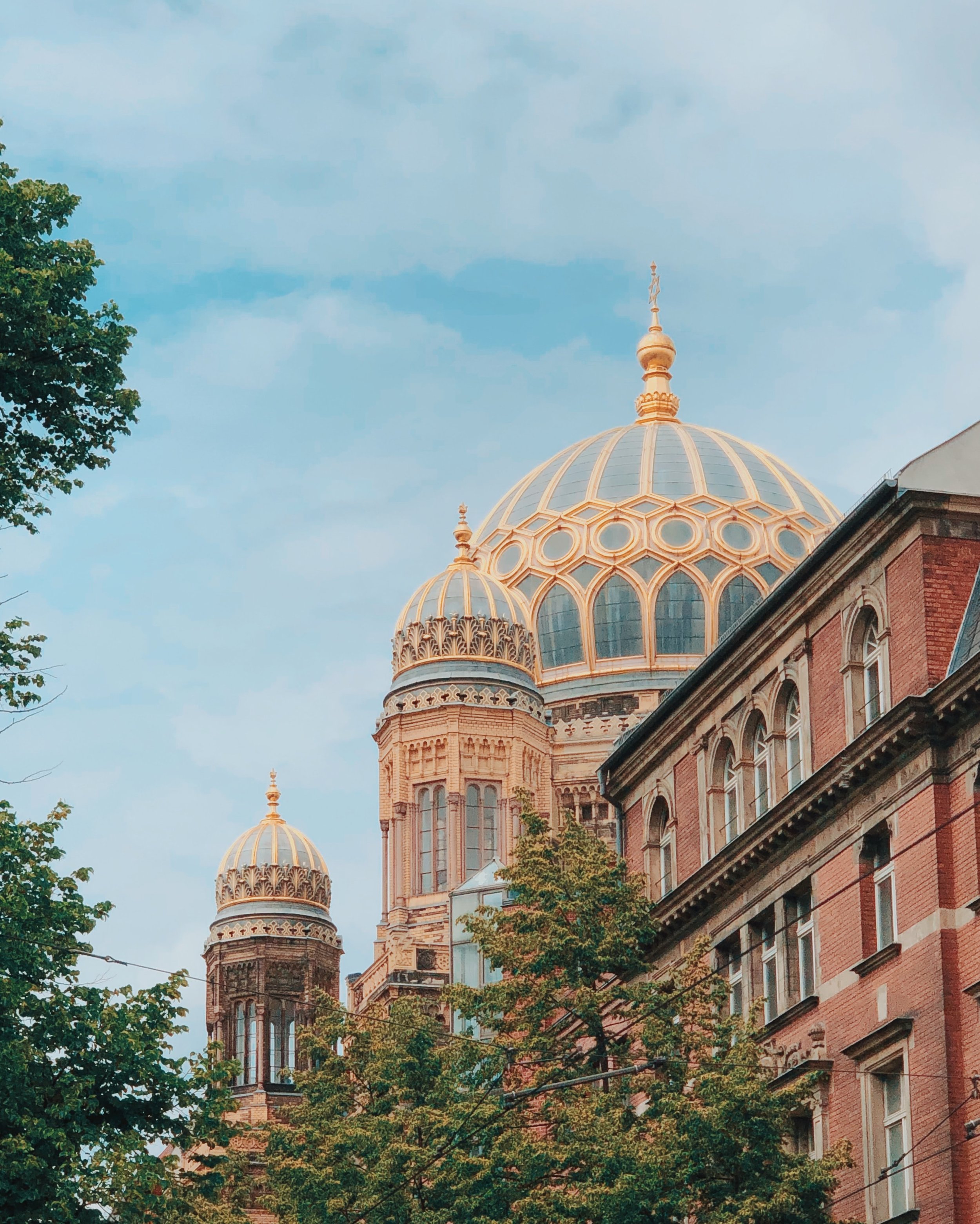Amid the hustle-and-bustle of checking in, making your way through the obstacle course that is security, and divining where your gate is, you might not have time to grab a bite to eat or sneak in a quick massage, let alone have time to settle yourself for prayer.
But, across the U.S. — and throughout the world — airport chapels, prayer rooms, and interfaith spaces offer travelers an opportunity to do just that: to meditate, catch a few moments of quiet contemplation, or perhaps beseech the travel gods for a bit of mercy when flights are canceled, or luggage lost.
According to sociologist Wendy Cadge, airport chapels had their genesis in the daily devotional needs of Catholic staff working in the airline business. She wrote of how initially, airport chapels “were established by Catholic leaders in the 1950s and 1960s to make sure their parishioners could attend mass.” The very first was Our Lady of the Airways at Boston’s Logan airport, built in 1951.
Today, major transit hubs across the world offer some sort of spiritual respite for the busy traveler.
Pew Research Center found that more than half of the U.S.’s large hub airports (catering to 1% or more of annual air passengers) offer a chapel or interfaith prayer room of some sort. These include standouts like San Diego’s meditation room “The Spirit of Silence,” Orlando’s former, centrally located prayer room, San Juan, Puerto Rico’s decidedly Catholic chapel, or John F. Kennedy Airport’s synagogue, the only one of its kind in the Americas.
Internationally, you can find stunning examples like the Buddhist meditation space at Taiwan’s Taoyuan Airport, Berlin’s Room of Stillness and its formidable fire-brick interior façade, or the new Istanbul airport’s ecologically-certified Ali Kuşçu mosque, which can fit up to 6,230 people for prayer.
Far from cheaply-packaged single-serving spirituality or simply a security threat, airport chapels, prayer rooms, and interfaith spaces offer a chance to reflect on how we define religion, both at home and abroad. Their persistent popularity, and their place in our religious imagination, exhibit the pluralism, plasticity, and politics that typify global religion today.






















